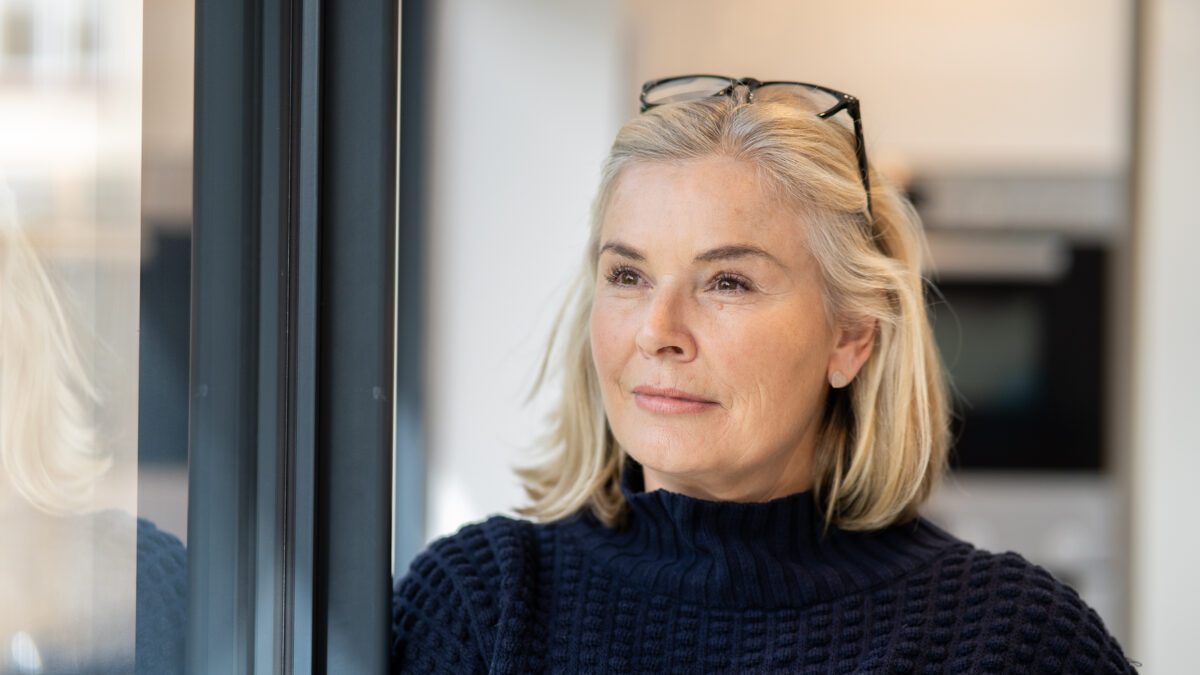

Importance of a Stretching Routine For Older Adults
Author: Emma Hall, Fairview Fitness Personal Training


Author: Emma Hall, Fairview Fitness Personal Training
Stretching is an essential part of any fitness routine and one that is often overlooked. For older adults, stretching can be a great way to help improve flexibility and posture and reduce aches and pains after working out.
Check out this guide exploring the benefits of stretching and the simple stretches you can help older adults perform to reduce the risk of injury and help them develop a beneficial independent fitness routine.
This blog was written by our fantastic graduate and Personal Trainer, Emma Hall. Emma has been specialising in mobility and helping older adults return to fitness following inactivity due to the pandemic or from falls etc. She has written a toolkit on her findings.
Terry, 75, confidently looped the resistance band around his foot and extended the leg straight. I marvelled at how far he’d come! Terry had initially become a client due to persistent lower back pain. Compounded by two hip replacements, Terry had shied away from regular stretching, not recognising the connection between how stretching can help older adults. As we implemented a personal stretching routine targeting his ailments, we witnessed:
Terry’s progress inspired me to implement stretching in personal training sessions with older adults at many points. Not just at the end but throughout the warm-up and between targeted exercises, plus providing personalised stretching routines via video to encourage an independent stretching routine.
‘Regular, as long as possible and without pain’ is my personal motto for older adults.
Stretches should be performed on each side of the body with the belly button pulled into the spine. This encourages the engagement of the muscles of the core, leading to an increase in balance and a reduction in lower back pain. ‘Pulling the belly button in’ should be verbally encouraged throughout training sessions until it becomes routine.
Extend arms in front of the chest, palms together, dropping the chin to the chest, hold. Raise the head. Keeping arms straight, open them wide at shoulder level, Hold.
– Fold arms over the chest. Keeping hips facing forward, rotate the torso to the right until your client can feel a stretch on the left. Hold.
– Lead with the right shoulder and flex the spine towards the right. Hold. Gradually increase the range of flexion.
– Stance should be wider than the shoulders. Bend the right knee keeping in line with the toes, lean the bodyweight over to the right. The left leg should remain straight.
– Place the right heel onto a step keeping the leg straight. Bend the back leg and lean forward until they feel a stretch behind the right leg.
– Take a step forward, ensuring hips are square. Keep the back straight, bend the front leg’s knee, and align with the toes until a stretch is felt behind the bottom part of the back leg.
The following stretches present challenges to perform standing with older adult clients since the back muscles are often tight and balance a further concern:
– Lying on the right side, so the floor supports the body, reach and hold the left foot. Keep knees together and pull until a stretch is felt in the front of the leg.
– Lying supine with knees bent. Place the right foot on top of the left knee. Place both hands around the left knee and gently pull towards the torso until a stretch can be felt.
The key to successful older adult stretching routines is personalisation. Finding what works for individual clients will lead to regular independent stretching. I challenged Terry to complete adductor stretches for each England football goal. He didn’t know what hit him when England recently won 10-0! Being personal is what Personal Training is all about.
For a course designed for those working with older adults, check out The Living Longer Better Course offered by Future Fit Personal Training.
Author: Emma Hall, Fairview Fitness Personal Training
Website: http://www.fairviewfitness.co.uk/
Facebook: Fairview Fitness Personal Training